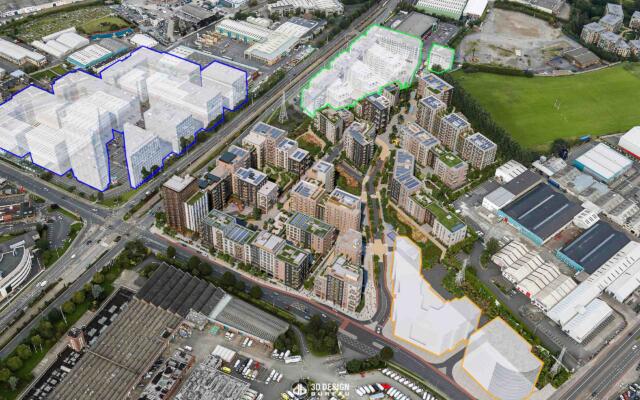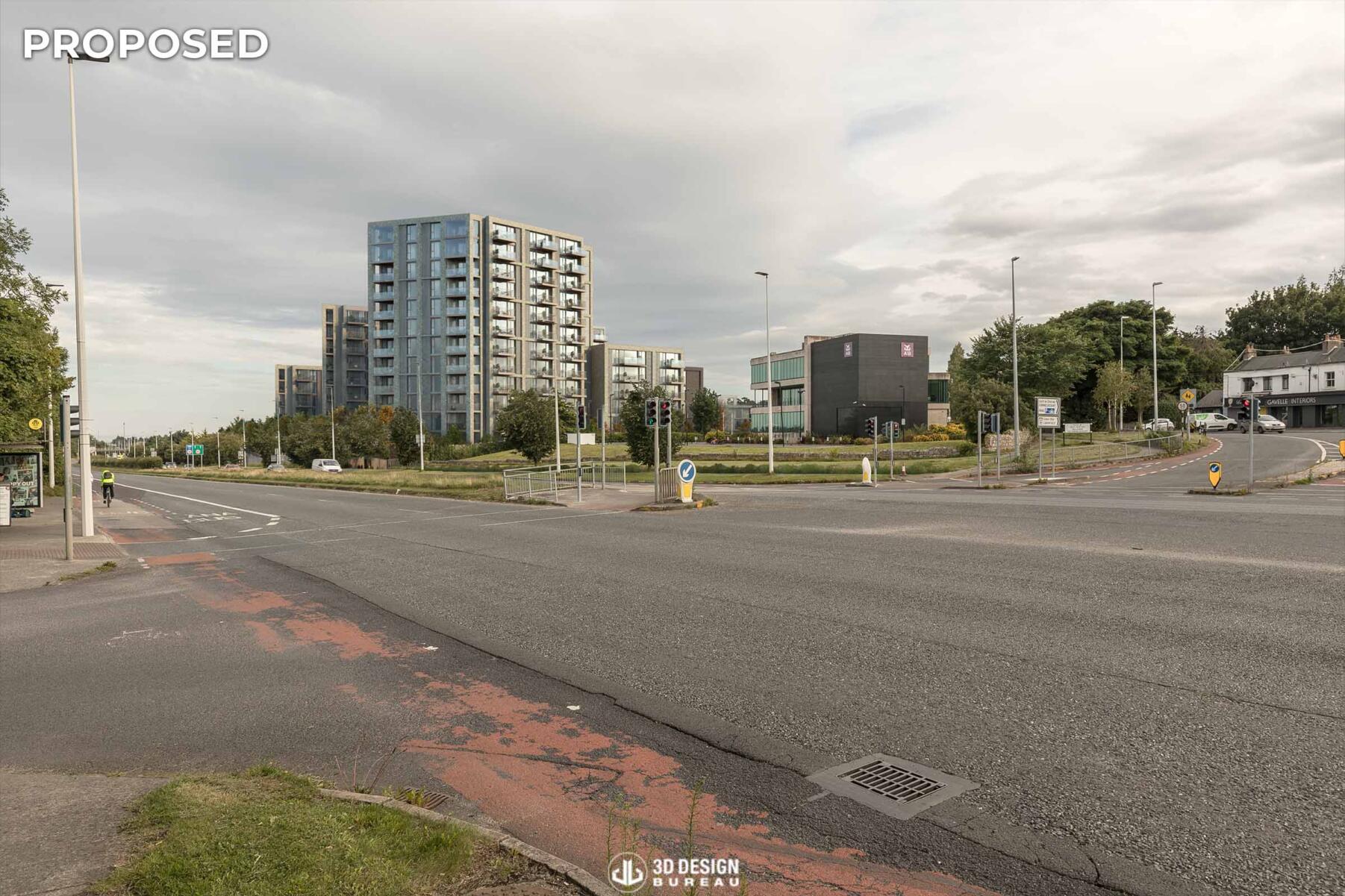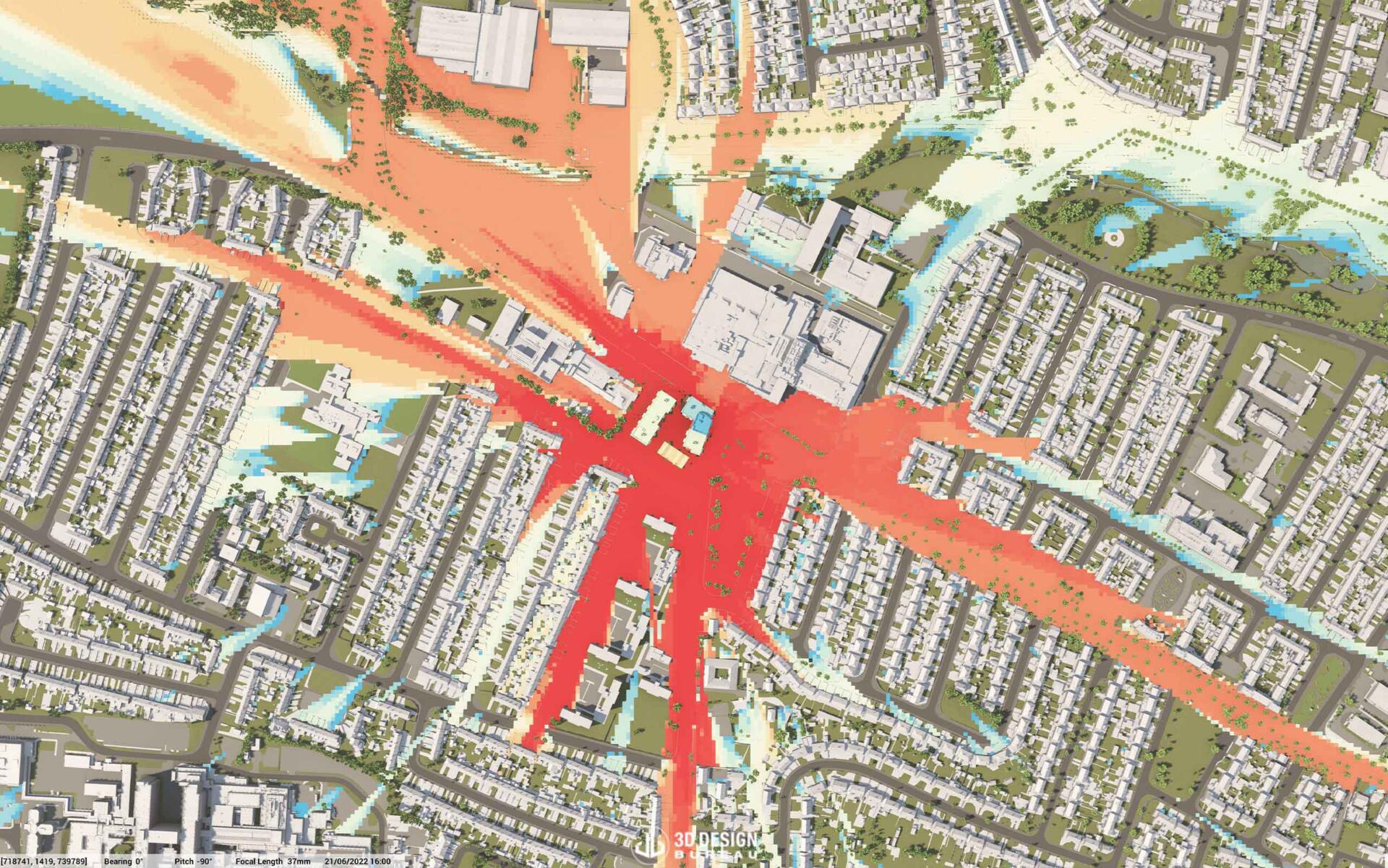Undeniably, sustainability is an important part of planning, building, and delivering properties. As Europe makes significant commitments towards achieving Net Zero Emissions, the AEC industry finds itself with increased responsibility.

LVIA | TVIA | What is included in an LVIA or TVIA report? | The influence on decision-making
Visual impact assessments can play an important role in the planning application process. Whether you have been instructed to provide an LVIA (Landscape Visual Impact Assessment) or TVIA (Townscape Visual Impact Assessment) by a planning consultant or a local council, submitting a complete and well-crafted report can have an impact on the outcome of your submission.
Falling short on providing comprehensive information to decision-makers, such as the local planning authorities, can put your project at risk of being refused, appealed, or subjected to judicial review. LVIA assessments serve as crucial reports for authorities, providing them with a detailed understanding of a project’s scale, scope, and potential impact, enabling them to make informed decisions that balance the benefits of development with the preservation of the natural environment.

Both LVIA and TVIA are typically conducted by professionals such as landscape architects, urban planners, or other qualified individuals with relevant experience. While these assessments can be prepared as standalone reports, they are often integrated into an Environmental Impact Assessment (EIA). The EIA process aims to identify and evaluate the potential environmental impacts of a project and determine whether modifications can be made to mitigate or eliminate those impacts.
This article delves into the details of LVIA and TVIA, exploring how they contribute to the planning process and influence decisions on proposed developments.
An LVIA report is designed to evaluate the potential impact of a proposed development on the existing baseline environment. As defined by the Council of Europe, a landscape refers to “an area, perceived by people, whose character is the result of the action and interaction of natural and/or human factors“. Whether the project encompasses a large residential development, an office complex, or public infrastructure, the LVIA ensures that the visual and landscape qualities of both the application site and its adjacent areas are not negatively affected.
A TVIA report is centred on urban and built environments. A townscape refers to the landscape within built-up areas, containing elements like buildings, various forms of urban open spaces (including green spaces), and the relation between them. The TVIA evaluates the potential impacts of a proposed development, pinpointing disruptions to the visual coherence of existing urban settings.
Visual impact assessments such as LVIA and TVIA are essential, particularly within planning applications for large residential developments. Reports generated under LVIAs and TVIAs are expected to include detailed descriptions of the proposed development, elucidating their key features and parameters while also outlining the guidelines or planning policies used as a base for the assessment.
Through site visits, comprehensive studies, collaboration with the design team, and a robust methodology, the assessment meticulously estimates the proposed development’s impact on the surrounding landscape and townscape, categorising its magnitude on a spectrum ranging from insignificant to profound, when compared to the existing baseline state. Furthermore, the report includes guidance on mitigation strategies that can reduce or offset potential negative impacts of the proposed development.

Solutions such as zone of theoretical view and verified view montages are integral components of LVIA and TVIA assessments, as they offer stakeholders precise and photorealistic representations of the proposed project’s design quality and finish. Moreover, they are invaluable during the preliminary stages of a project, enabling architects and the project team to make any necessary design amendments quickly, such as reduced scale and massing.
Local authorities frequently conduct formal reviews of LVIAs and TVIAs to ensure the adequacy and quality of the submitted documents. This review process verifies that each assessment complies with relevant regulations, follows applicable guidance, and uses appropriate methodologies. It also ensures that the approach is suited to the scale and nature of the proposed development.
Ultimately, these reviewed assessments, backed by comprehensive and accurate data, equip planning authorities with essential information to make informed decisions on whether to grant or refuse a proposed application.
Regardless of what stage you are at in the planning process, or what requests you may have received from your design team or the local council, our team of experts is here to maximise your chances of a successful planning application. If you need assistance with your project, schedule a free presentation with our team. Contact us at info@3ddesignbureau.com or call +353 1 2880186.

Lucas Imbimbo
Digital Marketing Specialist
at 3D Design Bureau
lucas@3ddesighbureau.com
Thank you for your message. It has been sent.